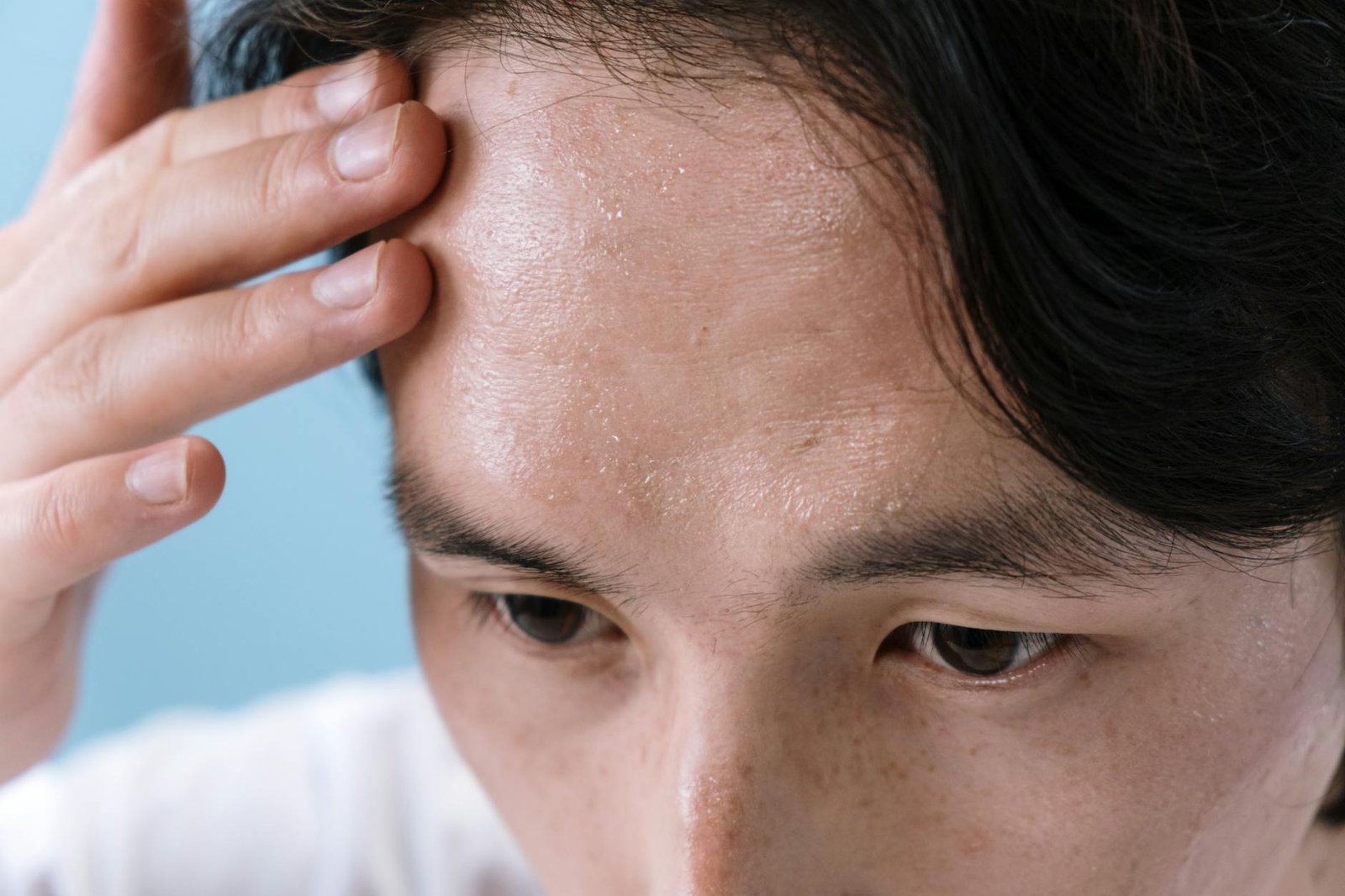
Heat Stress Awareness HSE Training
Slide 1: Heat Stress Awareness – HSE Training
Presented by: HSE STUDY GUIDE
Date: 24/04/2025
Good morning team!
I hope everyone’s doing well today. Thank you for being here — it shows you care not just about the job, but about your health and the safety of your teammates.
Today’s topic is Heat Stress Awareness — a critical issue, especially in hot climates or when working outdoors. We’ll learn how to recognize the signs, prevent heat-related illnesses, and what to do in case of an emergency.
Slide 2: Objectives of the Training
By the end of this session, you will:
- Understand what heat stress is and why it happens
- Recognize the signs and symptoms of heat-related illnesses
- Learn prevention techniques to stay safe in hot environments
- Know how to respond quickly and properly to a heat stress incident
Slide 3: What is Heat Stress?
Heat Stress occurs when the body can’t cool itself fast enough — usually during hot, humid conditions or intense physical activity.
It can lead to:
- Heat rash
- Heat cramps
- Heat exhaustion
- And the most dangerous — heat stroke
Slide 4: Causes of Heat Stress
Let’s look at what causes it:
- High temperatures
- Direct sun exposure
- Strenuous physical work
- Poor ventilation
- Dehydration
- Wearing heavy or non-breathable PPE
Remember, even healthy people can fall victim if conditions are extreme and precautions aren’t taken.
Slide 5: Symptoms to Watch For
Recognizing the early signs of heat stress can prevent serious illness:
- Dizziness or fainting
- Excessive sweating or no sweating at all
- Headache or nausea
- Rapid pulse
- Muscle cramps
- Confusion or irritability
- Red, hot, dry skin (in severe cases)
If you or a teammate shows these signs — act immediately.
Slide 6: Heat Exhaustion vs Heat Stroke
Heat Exhaustion:
- Heavy sweating
- Weakness
- Cold, pale, clammy skin
- Fast, weak pulse
- Nausea or vomiting
Heat Stroke (Medical Emergency!):
- No sweating
- Body temperature above 104°F (40°C)
- Red, hot, dry skin
- Rapid, strong pulse
- Possible unconsciousness
Call emergency services immediately if you suspect heat stroke.
Slide 7: Prevention Techniques
Here’s how you protect yourself:
- Hydrate regularly — Drink water every 15–20 minutes
- Take breaks in the shade or cool areas
- Wear light, breathable clothing
- Acclimatize — Gradually build tolerance to the heat
- Use fans or ventilation when possible
- Work in pairs — so someone is always watching out
Remember the phrase: “Water. Rest. Shade.”
Slide 8: Employer & Employee Responsibilities
Employer Must:
- Provide clean drinking water
- Allow frequent rest breaks
- Educate and train workers
- Provide shaded or air-conditioned rest areas
Employees Must:
- Drink enough water
- Wear proper clothing and PPE
- Report symptoms immediately
- Look out for one another
Slide 9: Emergency Response
If someone is showing signs of heat illness:
- Move them to a shaded or cool area
- Loosen or remove unnecessary clothing
- Provide cool water
- Fan them or use a cool wet cloth
- Call for medical help if symptoms are severe or don’t improve
Don’t ignore it. Heat stress can be deadly.
Slide 10: Real Incident Case
Let me tell you about a real situation…
A worker on a refinery shutdown ignored early signs of heat exhaustion. He thought he just needed to push through.
30 minutes later, he collapsed. Luckily, his coworker noticed in time and got help.
Lesson learned? Never ignore the symptoms — and always speak up.
Slide 11: Key Takeaways
Let’s wrap it up:
- Heat stress is preventable — if you stay alert and act early
- Know the signs and symptoms
- Stay hydrated and take breaks
- Look out for your team — we’ve got each other’s backs
Slide 12: Quiz or Q&A
Alright — let’s check your understanding.
Question: What’s the first thing you do if someone is dizzy and sweating heavily on site?
(Pause for answers. Reinforce correct response.)
Any questions or experiences you’d like to share?
Slide 13: Thank You
Thank you for your attention and for taking this seriously.
Heat stress doesn’t wait — so let’s be ready before it hits.
And as always: “Stay cool. Stay safe. Stay alert.”
Check out more safety tips on my YouTube channel: HSE STUDY GUIDE.